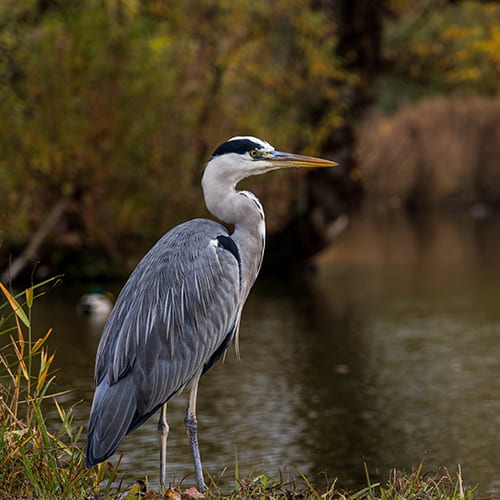By Robert Laroche
Graduate Student, Department of BioSciences, Rice University
The world is increasingly characterized by human influences on climate and the environment. So much so, in fact, that scientists have suggested that we now live in the Anthropocene, a new geological era defined by our impact. A defining feature of this era is the mass extinction of species on a level comparable to the infamous Cretaceous–Paleogene extinction event, which wiped out the dinosaurs. Specifically, this means a projected loss of at least 75% of all species on earth within only a few centuries. To curb the impact of this loss on human populations, modern conservation efforts often focus on the immediate monetary and cultural values provided by biological diversity. Some examples of these efforts include supporting healthy marine communities to sustain a profitable fishery, protecting diverse forests to better capture atmospheric carbon dioxide, or preserving wetlands to mitigate flooding damage. While many argue that global attempts to curb the loss of biodiversity do not go far enough, even the most ambitious environmental plans fail to address a critical issue: the implications of this new era on how species will evolve. As the climate crisis comes to a head and nations across the world implement policies to address the global loss of biodiversity, it is imperative that conservation strategies consider the evolutionary impacts of both the environmental issues that define the Anthropocene and the solutions developed to address them.
Contrary to common misconceptions that evolution happens only over the course of millions of years, evolution is ongoing, occurring all around us all the time. In fact, recent research has demonstrated that major evolutionary changes in population attributes can take place within mere decades. Furthermore, many of the issues driving these changes — such as habitat fragmentation, overharvesting and invasive species — are the same as those that have been driving species extinction. Research has also shown that the rate at which traits change in populations over time is greater in the face of human disturbances than in natural settings. In effect, evolution is actually happening faster in the wake of urbanization, habitat destruction, invasive species and climate change than it would otherwise.
Since the beginning of life itself, evolution has occurred via a process known as natural selection, where organisms better adapted to their environment are more likely to survive and reproduce. In this way, the environment “selects” which individuals pass down their genes, and populations are shaped accordingly over time. The problem with humans playing the dominant role in influencing the environment is that we have little idea what the planet we are creating is selecting for or against. This occurs any time human-driven environmental stressors lead to localized population-level extinctions, which decrease the overall population size and genetic variation of a species, limiting the potential of future generations to adapt and survive.
Even efforts to address our environmental influence, such as planting trees to store carbon or restoring wetlands to mitigate rising sea levels, could impose selective pressures that have unintended evolutionary consequences. For example, planting the wrong trees or including non-native tree species could select against certain organisms with which the trees share an ecosystem, leading to an increased risk of extinction for those species. While restoration efforts might succeed in protecting ecosystems in the short term, if the evolutionary implications of these efforts are not fully understood, it will be impossible to ensure their long-term sustainability. This sort of “evocentric” thinking demands that we aim to conserve not only the immediate biodiversity and ecosystem services that the Anthropocene threatens, but also the evolutionary potential of the species involved.
Though our role in environmental change is certainly a modern issue, it is a problem that has persisted for almost half a century. Research conducted by Exxon as early as the 1970s confirmed that carbon dioxide released by fossil fuel use would threaten life on earth if left unchecked. Despite this, and due in no small part to the nearly $400 million spent by the fossil fuel industry to lobby against climate legislation within the last 20 years alone, human-driven environmental threats to biodiversity are the worst they have ever been. With decades already wasted without the drastic policy changes needed to overcome the effects of the Anthropocene, you might be thinking that we already have enough on our plate without considering the evolutionary consequences of our actions. It is true that we will not have to reckon with the full evolutionary implications of the Anthropocene or the strategies enacted in response to it for decades more to come. Maybe it is better to table this discussion, disregard what research has shown we should do, focus on the incremental legislative changes more palatable to special interests and leave this particular problem for future generations to solve. Then again, that is exactly the attitude that got us here in the first place.
This blog post is part of the Baker Institute Science and Technology Policy Program’s Developing Civic Scientist Leaders project.
